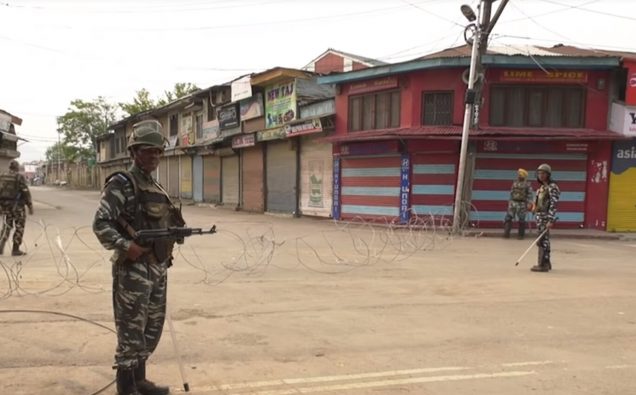
Much of the world may have had a taste of coronavirus-forced lockdown but for the people of Kashmir another much stricter clampdown– with no access to the Internet, food supplies, and no freedom of expression or movement- has altered lives in deeply painful ways.
Since August 5, 2019, Kashmiris have gone from a military-enforced lockdown to a coronavirus-caused lockdown, prolonging the suffering of people.
An artist Malik Sajad has captured through graphics has captured some of the sufferings in the Indian-administered Kashmir valley, which remains the most heavily militarized region in the world.
On Thursday, The New York Times published 24 graphics by the artist, headlined “We Have Been in a Lockown for Three Decades.”
Sajad, who previously worked for the Greater Kashmir newspaper as a cartoonist since he was 15, provides readers a look into the wounds of life in the disputed Kashmir region.
“Life in India-controlled Kashmir has been punctuated by military curfews and general strikes for three decades,” says a headline in the newspaper.
As CPVID-19 spread in India, Prime Minister Narendra Modi, whose government has faced stinging rebuke from international human rights organization for curbing basic human rights, announced in March a three-week lockdown as a way to curb the virus spread.
Meanwhile, an unknown number of Kashmiri political leaders and young boys snatched from their parents during the clampdown last year, continue to languish in crowded jails across India, putting their lives at the mercy of the lethal virus.














